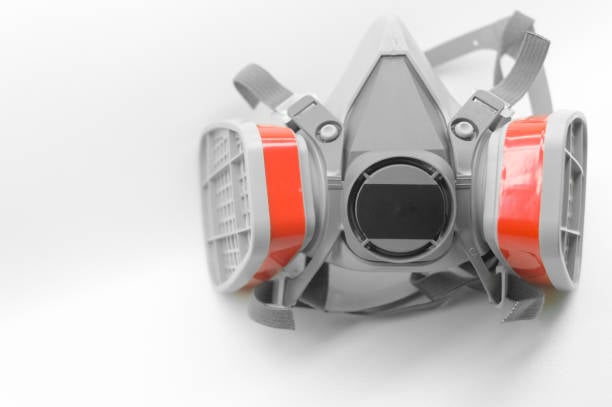In an era where air pollution and airborne diseases have become increasingly prevalent, the humble air filter mask has emerged as a vital tool for safeguarding human health. These masks have evolved significantly over the years, transcending their basic purpose of dust and particle filtration to becoming sophisticated, high-tech devices that provide comprehensive protection against a wide array of airborne threats. In this article, we will explore the evolution of air filter masks, their various types, and the role they play in our lives today. Wikipedia.org
Historical Roots
The concept of using masks to filter the air dates back centuries, with some of the earliest recorded instances found in ancient civilizations like the Egyptians and the Greeks. These early masks were rudimentary, often made from animal bladders or cloth, and primarily used to protect against noxious fumes and dust. It wasn't until the 19th century that air filter masks saw significant innovation with the advent of the industrial revolution.
Industrial Revolution and Early Development
The rapid industrialization of the 19th century brought with it a new set of challenges related to air quality. Factories spewed pollutants, and workers needed protection. The first notable innovation was the introduction of cloth masks with multiple layers, which proved effective in filtering out some particles. However, these early masks were uncomfortable to wear and not highly effective against smaller particles or toxic gases.
WWI and Gas Masks
World War I marked a turning point in the development of air filter masks. Soldiers were facing the deadly threat of chemical warfare, which necessitated the creation of more advanced gas masks. These early gas masks employed activated charcoal and other absorbent materials to filter out toxic gases, providing both inspiration and a foundation for future air filter mask technology.
Post-WWII Advancements
After WWII, there was a notable shift in the design and purpose of air filter masks. With the rapid expansion of industrialization and urbanization, air pollution became a pressing concern in many major cities. Dust masks evolved into more effective respirators, designed to protect against both particulate matter and chemical pollutants. These respirators utilized improved materials and filters, providing better protection for workers and those living in polluted areas.
N95 and Particle Filtration
One of the most significant breakthroughs in air filter mask technology came with the development of the N95 respirator in the 1970s. The "N95" designation indicates that these masks can filter out at least 95% of airborne particles. This high level of filtration made N95 respirators invaluable for protecting healthcare workers during outbreaks of infectious diseases like SARS and H1N1. They have since become a symbol of respiratory protection worldwide, especially during the COVID-19 pandemic.
Innovations in Fit and Comfort
As technology advanced, so did the design and comfort of air filter masks. Manufacturers began focusing on factors such as fit, breathability, and overall comfort. This led to the creation of masks with adjustable straps, soft cushioning, and ergonomic designs that made wearing them for extended periods more tolerable. Comfortable masks encourage consistent usage, particularly in high-risk environments.
High-Tech Respirators
Modern air filter masks have gone beyond simple particle filtration. High-tech respirators are now equipped with features like electronic sensors to monitor air quality and adjust filtration accordingly. Some even have built-in fans to improve breathability while maintaining a high level of filtration. These respirators are favored by professionals in industries where airborne hazards are a constant concern, such as construction, healthcare, and manufacturing.
Fashion and Style
The rise of air pollution in urban areas has led to a fusion of fashion and function. Fashion designers and companies have started producing stylish air filter masks that people can wear as a statement piece while protecting themselves from airborne pollutants. These fashionable masks have become particularly popular in cities like Beijing and Tokyo, where air quality can be a significant concern.
Environmental Considerations
While air filter masks have come a long way in terms of technology and design, there's also growing concern about their environmental impact. Disposable masks, which have seen widespread use during the COVID-19 pandemic, contribute to plastic waste. To address this issue, researchers and manufacturers are exploring more sustainable materials and designs that reduce waste while maintaining filtration effectiveness.
Conclusion
The evolution of air filter masks from rudimentary cloth coverings to high-tech respirators represents a remarkable journey driven by the need to protect human health in an increasingly polluted world. These masks have played a pivotal role in safeguarding individuals from dust, pollutants, and infectious diseases. As technology continues to advance, we can expect further innovations in air filter mask design and functionality, ensuring that we all have access to clean and safe air, regardless of the challenges that the future may bring. Visit official website for details trainingmask.com

